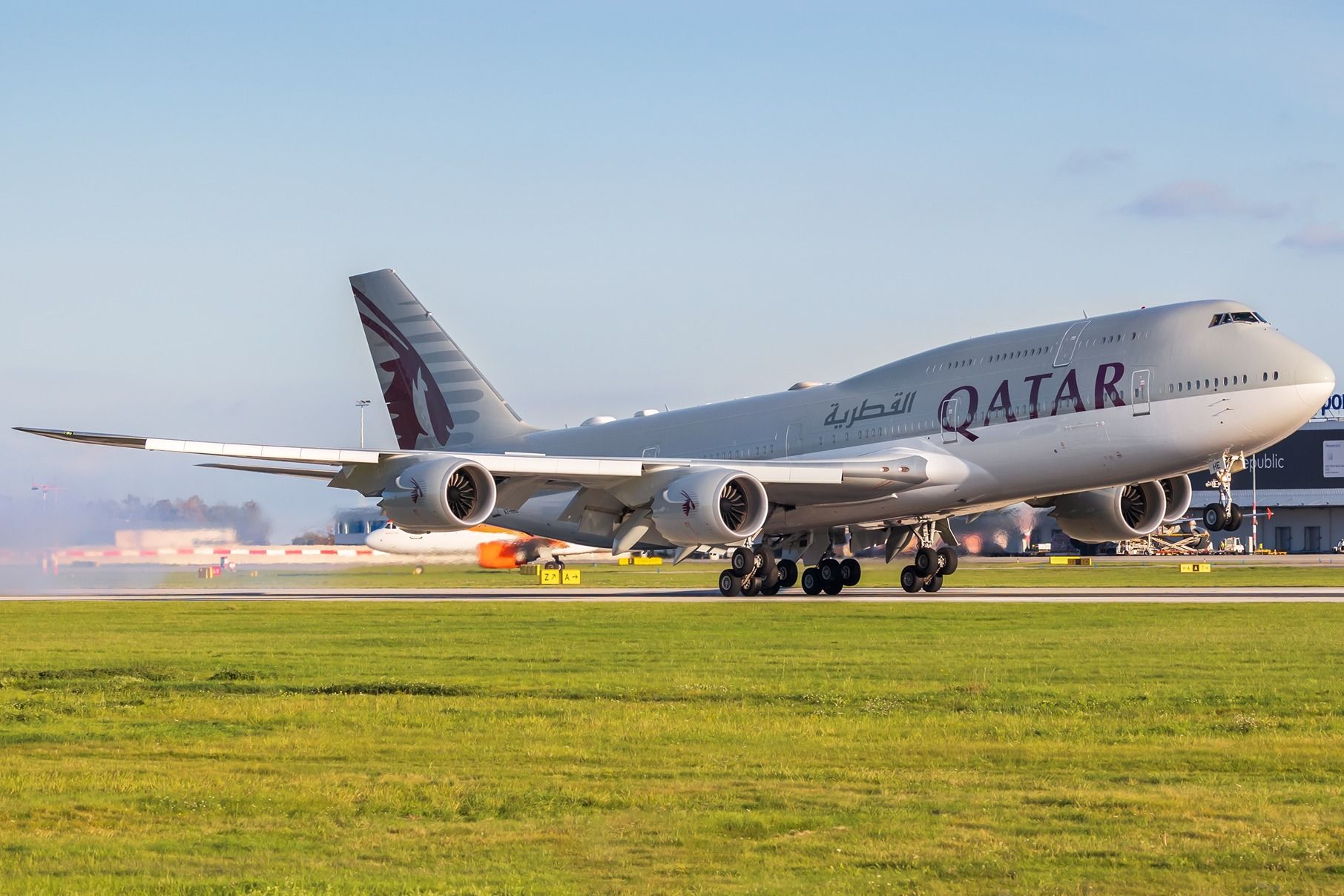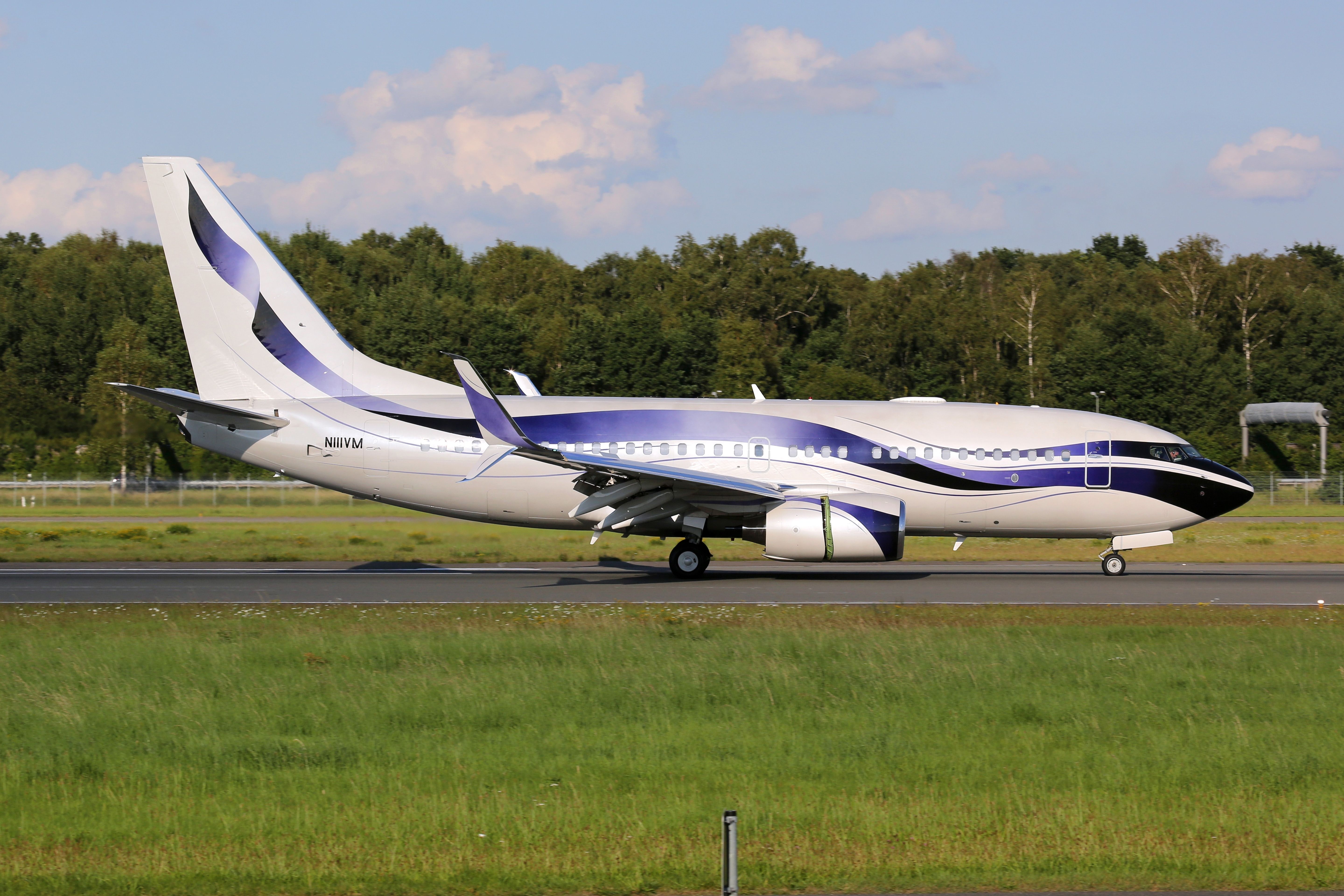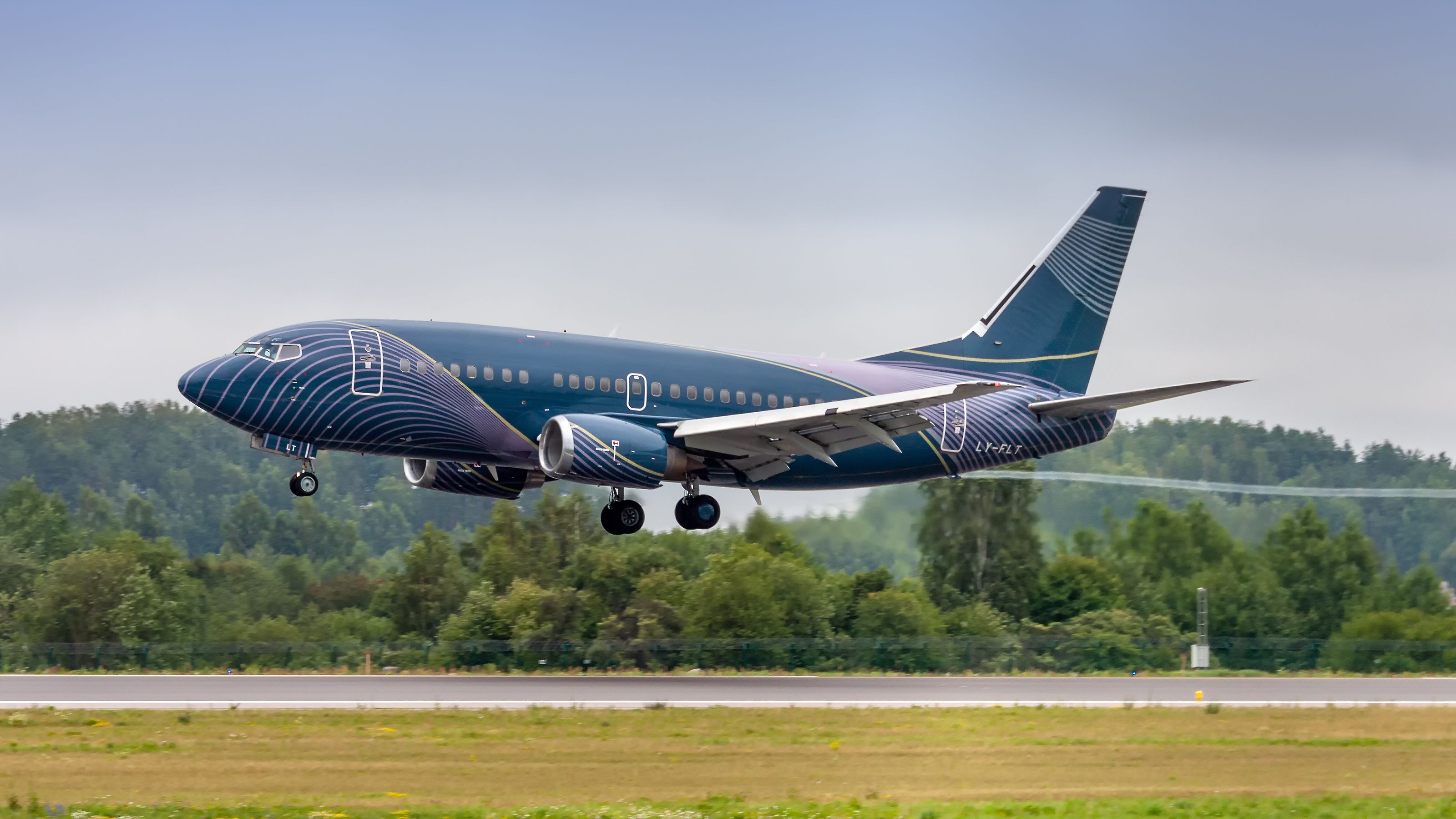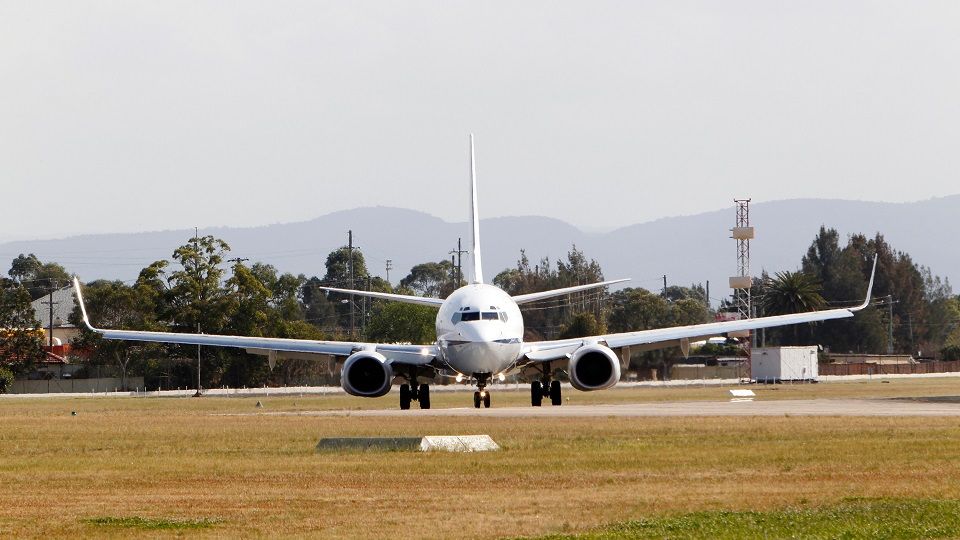Boeing is known for making some of the world’s biggest and best commercial airliners. Since it was founded in 1916, Boeing has come to make a different number of notable aircraft. This includes the legendary Boeing 747, the Boeing 737, the Boeing 777, the Boeing 787 Dreamliner, and the Boeing 767, which are all currently produced. Historically, Boeing has developed other airliners like the Boeing 314 Clipper or the Boeing 377 Stratocruiser.
Beyond commercial aircraft, Boeing has converted some of its airliners to military aircraft, and the company has also developed military aircraft beyond that. This includes the Boeing F-18 Super Hornet, the Boeing CH-47 Chinook, the Boeing B-52 Stratofortress, and the Boeing C-17 Globemaster. Boeing has been a major force in both the commercial aviation industry and supporting militaries and governments across the world.

Related
The Top 5 Largest Boeing BBJ Aircraft
Although rare, there are several Boeing Business Jet (BBJ) models, ranging from the 737 to the 747.
One thing that Boeing is not well-known for is its presence in the business jet market. However, Boeing began converting some of its airliners into corporate jets in the late 1990s. The company called these converted jets Boeing Business Jets (BBJs). Originally, this business segment was formed from the request of executives in various industries.
These new business jets are converted from existing airliners, like the Boeing 747, for governments or large businesses throughout the world. The business segment competes with Airbus Corporate Jets (ACJ) and some of the smaller business jets, like the Embraer Lineage, Bombardier Globals, and larger Gulfstream models.
Photo: Markus Mainka | Shutterstock
The BBJ itself began in 1998 with the introduction of the BBJ1. This aircraft was a converted Boeing 737 Next Generation aircraft, which was designed by Borge Boeskov. BBJ aircraft became popular almost immediately after its introduction, and over 250 variants have been built from converted airliners since then. Let’s take a closer look at the BBJ1, the first aircraft that Boeing Business Jets built.
History of BBJ1
As previously mentioned, the first Boeing Business Jet was designated as BBJ1. This aircraft was requested by the President of Boeing at the time, Phil Condit, as well as the Chairman and Chief Executive Officer of General Electric, Jack Welch. These executives wanted a larger business jet to be introduced, specifically derived from the Boeing 737 Next Generation line of aircraft. This aircraft was to be a long-range personalized jet that could be sold to many governments and other large businesses. Condit chose the famous Boeing executive Borge Boeskov to lead this new business segment.
Photo: Rudzenka | Shutterstock
BBJ1 rolled out of the production facility in August 1998. It flew for the first time in September 1998. Boeing has sold over 110 total BBJ1s since it was introduced. The success of the first BBJ led to the introduction of several new models. This includes the following aircraft:
- BBJ2: derived from the 737-800 and introduced in 2001
- BBJ3: derived from the 737-900ER and introduced in 2002
- BBJ 747: derived from the 747
- BBJ 777: two models derived from the 777-200LR and the 777-300ER
This wide range of aircraft saw success in the business jet market. Customers of BBJs include NetJets, Las Vegas Sands, Crescent Heights, Town & Country Food Market, Ty, Fortress Transportation, Aramco, Tracinda, General Electric, and Occidental Petroleum, among many others. There have been over 250 total BBJ aircraft delivered since the late 1990s.
Design features of BBJ1
Boeing Business Jets developed BBJ1 from the Boeing 737-700. However, the BBJ1 had several upgrades to the basic 737-700. This aircraft had a similar airframe to the 737-700 but added upgraded landing gear and a stronger wing. These features were given to BBJ1 from the design of the 737-800. Boeing added nine additional fuel tanks in the belly of the aircraft, where the luggage and cargo is typically stored in commercial aircraft. Additionally, Boeing added swept winglets to help the aircraft’s efficiency.
Overall, the BBJ1 had the following performance specifications:
|
Capacity |
Around 50 passengers |
|---|---|
|
Length |
110 feet four inches |
|
Height |
41 feet three inches |
|
Wingspan |
112 feet seven inches |
|
Maximum takeoff weight (MTOW) |
174,200 pounds |
|
Maximum range |
6,000 nautical miles (6,900 miles) |
|
Maximum speed |
473 knots (544 miles per hour) |
|
Cruise speed |
454 knots (523 miles per hour) |
|
Flight ceiling |
41,000 feet |
Since the BBJ1’s introduction in the late 1990s, 113 total aircraft have been produced and delivered to customers across the world.
The future of BBJ
Currently, Boeing still produces BBJs in a narrow body and wide body variant. The narrow body aircraft that BBJ produces are the BBJ 737-7, BBJ 737-8, and the BBJ 737-9. These are each derived from the 737 MAX 7, the 737 MAX 8, and the 737 MAX 9, respectively. These aircraft each reach sale prices of over $100 million. However, the estimated direct operating costs for these jets can range from $5,200 to $5,600 per hour. This is comparable, if not lower, than many purpose built business jets that are currently offered on the market.
Photo: RAAF
In terms of wide body aircraft, Boeing produces BBJ variants of the Boeing 787 Dreamliner. Nearly 20 of these have been delivered so far. However, Boeing will soon begin offering the BBJ 777X aircraft. This aircraft can expect to begin deliveries once the commercial airliner, the Boeing 777X, is certified. This is expected in early 2025.
What are your thoughts about the Boeing BBJ series? Have you flown on any of these aircraft before? Let us know what you think of the models and their prospects in the comments section.



